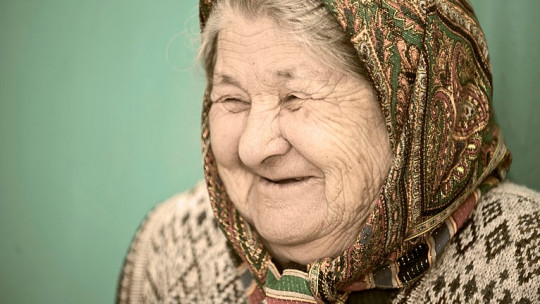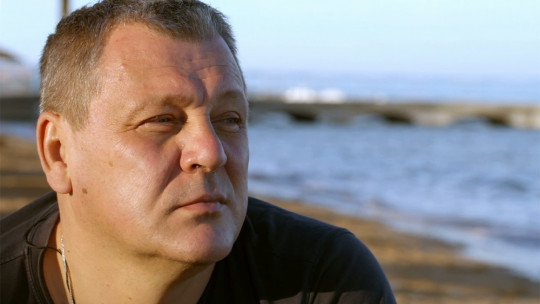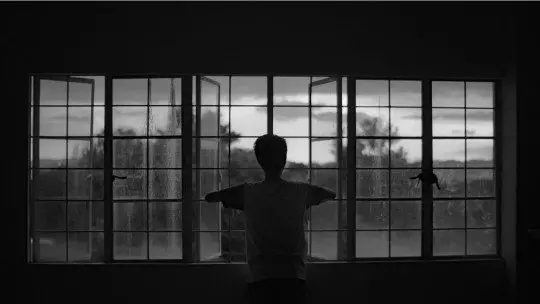
Old age is, in many aspects, the life stage in which, although many capacities are diminished, full psychological maturity is consolidated.
On the other hand, the lack of understanding on the part of the majority of adults who do not belong to this age range has meant that to a certain extent all human beings who are going through old age are seen as belonging to the same category, as if they were It’s the same to be 70 years old or 92.
Next we will see what they are the 3 phases of old age, and what are their psychological and physical effects.
The three phases of old age
Third age is a vital stage that, partly due to the increase in life expectancy, covers an evolutionary process that can be very long, with many variations and many variables to take into account.
That is why it is useful to talk about the phases of old age, since they offer a rough categorization about special needs, the most common behavior patterns and the biological characteristics of these stages.
As a summary, the stages of old age are as follows.
Old age: 55 to 65 years
Old age is the prelude to the life stage in which several of the bodily functions see their ability to continue working as they were doing before diminished in a more or less drastic way.
Physical changes
In this stage It is common for sleep patterns to be altered, significantly decreasing the number of hours you need to sleep each night. It is also common for alterations in fat retention and a slower and heavier type of digestion to appear. Muscle mass, on the other hand, tends to atrophy significantly.
In women, old age arrives approximately with the completion of menopause which generates a series of hormonal alterations that affect both physical symptoms and other emotional symptoms linked to how this event is experienced.
Psychological changes
In this phase of old age, contrary to what is believed, one does not get used to suffering a crisis nor does the level of happiness decrease. However, it does change the way of thinking.
Specifically, it is common to see a melancholic thought pattern in which life begins to be seen through memories, what was experienced in the past. Comparisons between what happened years ago and here and now are very frequent.
On the other hand, those people with an active family life may be exposed to empty nest syndrome, in which sons or daughters leave home and loneliness and, sometimes, boredom appear.
Old age: 65 to 79 years
“Pure” old age is the stage of life in which both the weakening of biological functions and a psychological style based on reviewing the past and experimenting with memories are consolidated.
Physical changes
Postural problems and weakening of bones appear, which can cause pain or even make it impossible to make great efforts. Digestion problems, in many cases, are accentuated, as is the risk of experiencing various types of cancer.
In addition, both vision and hearing often suffer, which in turn leads to a psychological risk: isolation since it takes more effort to relate to others or even participate in conversations.
From the age of 75, on the other hand, people already meet the profile of a geriatric patient whenever there is a significant problem in their quality of life such as mental deterioration or the inability to live autonomously.
Psychological changes
In this stage, the decline of an important aspect of mental processes is consolidated: the level of intelligence. More specifically, it is fluid intelligence, which has to do with mental agility and the generation of new knowledge from scratch, that is most affected, while crystallized intelligence is preserved much better in the majority of healthy adults of this age.
Old age: 80 years and older
Old age is the last stage of old age, and represents a qualitative change in both physical and psychological evolution.
Physical changes
In this phase postural alterations and fragility of bones and joints are accentuated, which can lead to significantly reducing people’s autonomy. The rest of the health problems also continue their progression, becoming noticeably more frequent in this phase.
Psychological changes
In this phase, the danger due to social isolation is accentuated, given that, on the one hand, the number of friends declines due to the frequency with which deaths occur, and on the other. the lack of autonomy It usually makes going out of the house and getting together more rarely. Free time is usually occupied with relatively contemplative activities, such as reading or gardening.








